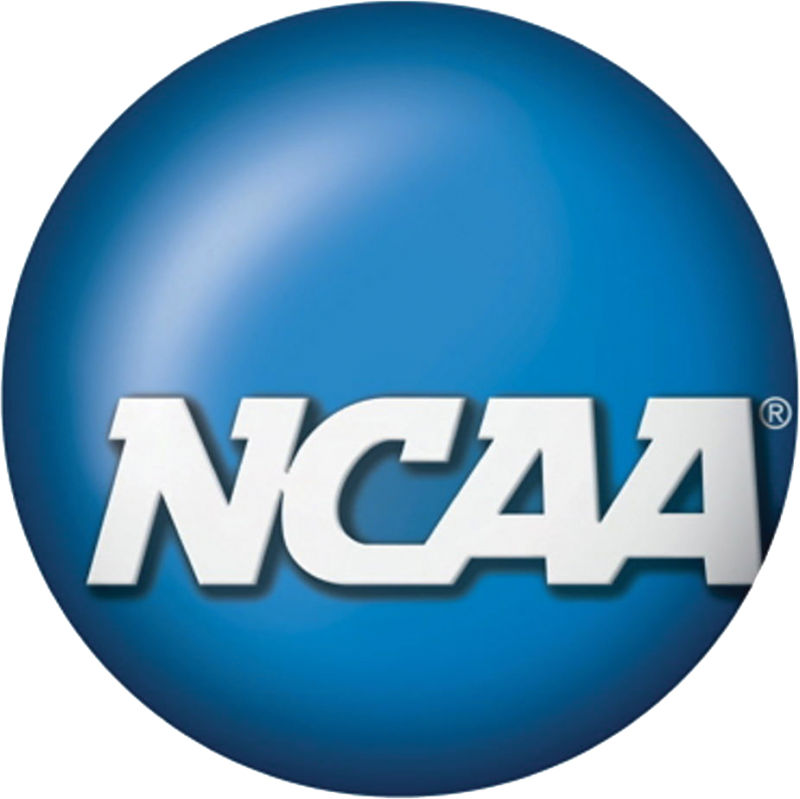Athletic Council discusses NCAA violations during meeting
April 16, 2013
Not long after one potential NCAA violation was reported in April 2011, an extensive investigation into the entire ISU athletic department ensued upon further review.
While attending his son’s basketball game, ISU men’s basketball coach Fred Hoiberg noticed former ISU player and then-student coach Keith Moore in attendance, setting off a red flag of a potential violation for improper contact with a recruit. ISU Athletic Director Jamie Pollard was notified the next day.
A thorough investigation in the days ahead revealed that Moore had sent 160 improper text messages. This brought another question to mind for those investigating.
“‘Well, if he was sending texts, has our system missed that other coaches might be sending texts?'” said Tim Day, faculty athletics representative, at the Athletic Council’s monthly meeting on April 16, 2013.
A search for an answer to that question revealed that a problem with improper text messages didn’t exist among coaches, but Day said a pattern of repeated phone calls to a recruit within a week brought up more questions.
Pretty quickly, Day said, it was determined that the problem rested more with not logging phone calls where no contact was made with a recruit or when a message was left.
“That was a moment that we had to say, ‘What are we going to do with this?'” Day said. “Trying to look at the extent we had to kind of keep broadening.”
The investigation broadened by expanding past just men’s basketball stemming from the Moore incident. Eventually phone records from all 18 sports at Iowa State were vetted.
Searching through phone records from a three-year period between 2008 and 2011 resulted in finding 1,484 phone call violations from some 750,000 total phone calls. Of that total, it was determined that 79 were clear-cut violations due to phone calls made outside of an allowed time period rather than logging issues.
On April 2, the ISU athletic department announced that it had entered a summary disposition with the NCAA to acknowledge the violations. That report, which was 590 pages, was released last week and named coaches and improper calls.
The Athletic Council meeting on April 16 was the first one held since the violations were released.
“It’s not even the phone calls, it’s the log of the phone call,” Pollard told the committee on April 16. “So those 750,000 calls or attempted phone calls need to be on a manual log and then someone’s supposed to sit down with the phone bill and match them up one-for-one.
“I would never pay someone to do that absolute, you do a statistical sample.”
Pollard noted to the council that the “true violations of 79 represent one in 10,000 phone calls,” adding that it wouldn’t be possible to audit to absolute compliance.
“Someone wants to come in and say, ‘You have to have absolute compliance,'” Pollard said. “Well, we didn’t have absolute compliance. But I wouldn’t pay for absolute compliance.”
Following the meeting, Frank Montabon, chairman of the board, said if other institutions did as extensive of an investigation, he would guess there might be similar results.
“I think that’s obvious: That if any school were to go in there and check 750,000 calls they’re going to find a few that weren’t logged,” Montabon said.
Day said the hope is for Iowa State to be on the docket to have its case heard by the NCAA Infractions Committee the next time it meets, which is currently unknown. There won’t, however, be any further advancements until then as the 590-page report already available is final.
There is also hope that Iowa State’s investigation, initiated by a report from Hoiberg, won’t change the way coaches approach any issues in the future.
“What we hope doesn’t happen is that the whole thing doesn’t disincentivize coaches from doing the right thing,” Day said. “Obviously there would be a moment where it’d be easier for a coach to turn around and walk out of the gym and act like nothing happened.”







